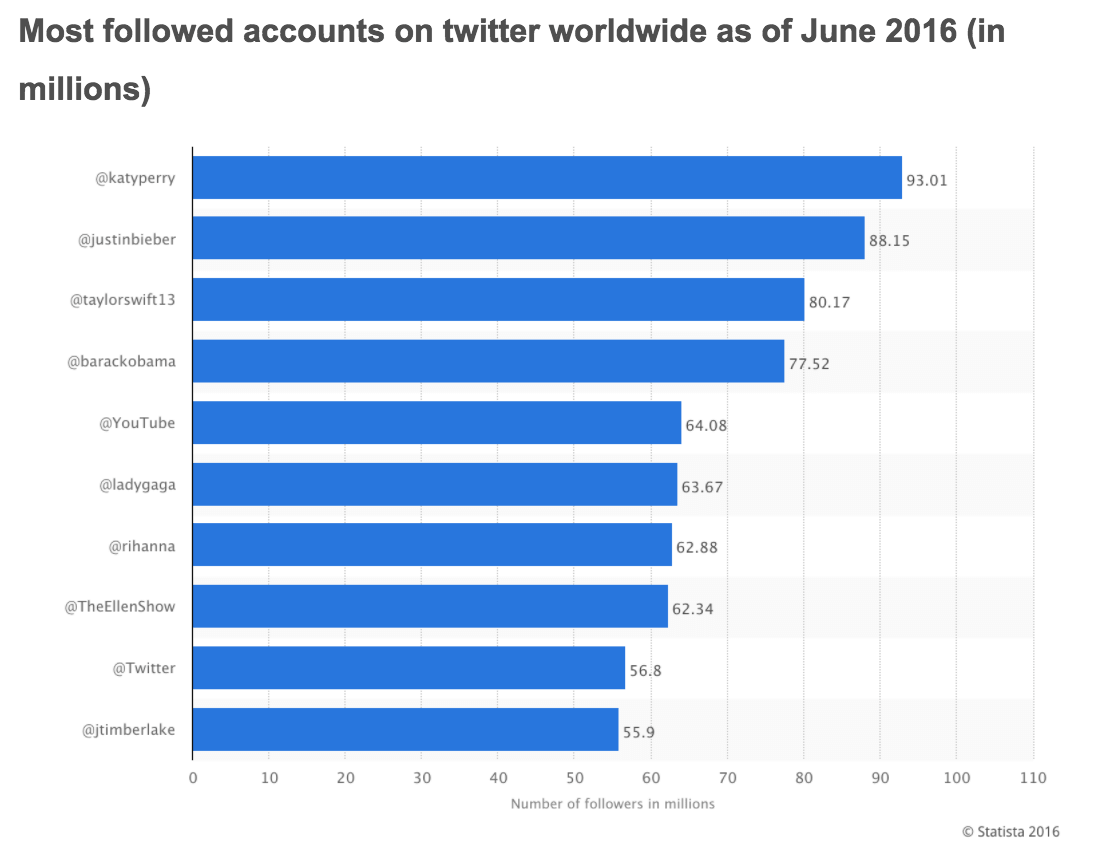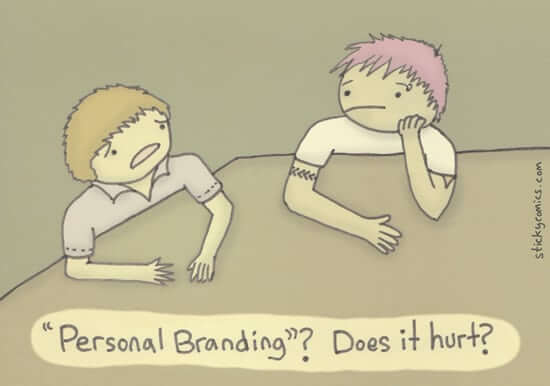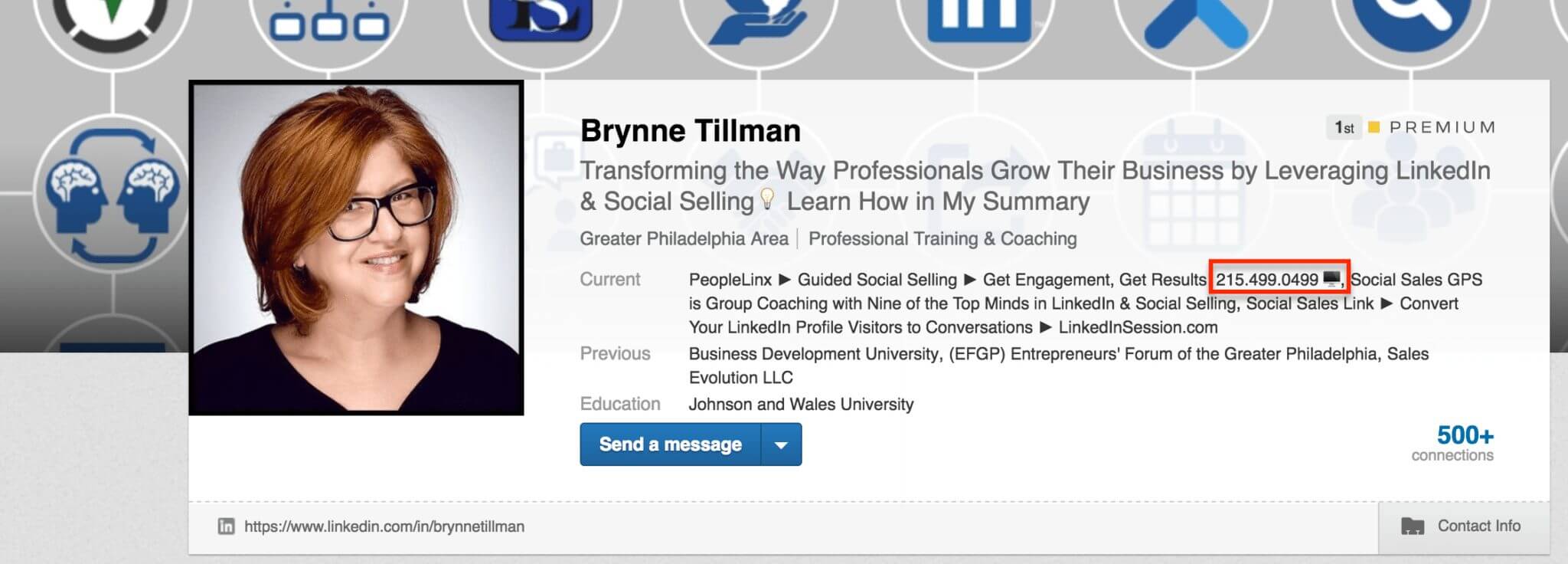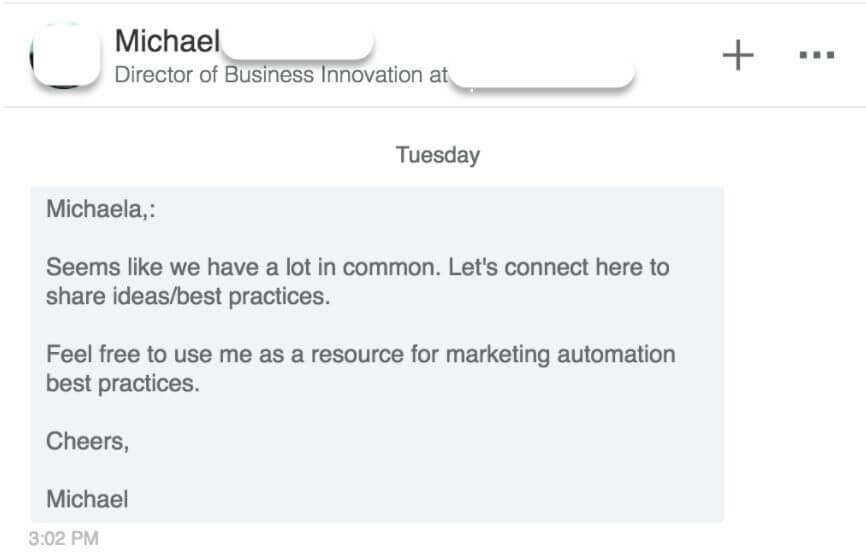Social media has changed the world. It might sound like a big statement, but the numbers speak for themselves. Billions of people around the world use social media daily. It’s estimated that by 2018, 2.44 billion people will be using social networks.
Social media has impacted almost all aspects of our lives. We use it to stay in touch with our friends and family, and for educational purposes. Social media helps us with making buying decisions, and it gives us the opportunity to connect with anybody in the world in seconds.
Our favorite brands and sport teams have been leveraging different social sites in so many ways for years, and we follow many of them. It’s become standard for journalists to cite politicians’ tweets when reporting news. Singers and public figures we respect are active online.
“The business world has gone global, and this shift has created the greatest new opportunity for succes ever”. “To be successful in the information age, you need to be able to reach a boatload more people than you did during the industrial age. You need a really big network or a digital Rolodex if you want to kill it in the twenty-first century”, says Jim Keenan in his new book called Not Taught.
Social media arms us with the ability to reach incredible amounts of people and influence their opinions and decisions. Another point that Keenan brings up in his book is that “we’ve become so accustomed to finding, watching, reading, and engaging with people online that we’ve come to expect that those with value are online”. Keenan takes it even further when saying that “We’re wary of people who are digitally anonymous”.
We have to admit that we, in fact, do live in the era of googling everything. If we google everything and everybody, it’s probably true that other people google us also. Clients Google companies and salespeople they consider doing business with. Students google their teachers. We google our doctors. We google what our peers think about the products we want to buy. Recruiters google job candidates and so on.
The least we can do is to control the information that people can access about us by searching for our own name, reviewing settings, and making sure that what comes up reflects who we are and how we want to be perceived. Ideally, we reinforce what people think about us by being active in the social river and demonstrating our expertise and knowledge.
What Is a Personal Brand?
“Your personal brand is how you appear to the world. You do need an individual brand. People don’t buy from faceless companies”, says Bryan Kramer, the CEO of Purematter, a digital marketing agency. Your personal brand is a sum of everything people will remember about you after they have interacted with you.
Personal branding is a strategy that makes it possible for employees to demonstrate their knowledge and prove their expertise. Not only does it help with establishing credibility for the individual, but it also shines a positive light on the company the person is associated with.
Having employees that are making themselves available to others online helps humanize the brand. People will see these employees as dedicated professionals who not only know a lot about what they do but also care. Encouraging team members to create their own public personas also shows commitment to employees and good company culture.
Who Needs a Personal Brand and Why?
Having a strong personal brand opens professional opportunities and everybody who would like to advance their career should start branding themselves to maximize their efforts.
Jack Kosakowski started developing his personal brand while working as a Regional Sales Manager for a marketing automation company. His dedication and focus on providing value, and establishing himself as a trusted source of information about sales and marketing, led to him getting hired by a global marketing agency. He is now the head of Creation Agency’s B2B Social Sales Strategy and Execution and has spoken at conferences such as Dreamforce.
“The world of digital has transformed modern-day business and is impacting all employees in a major way. You can’t rely on your resume to get you that dream job anymore. You must create a digital footprint and a network that comes with it if you want to streamline your way to the top”, says Jack.
How Do I Build a Personal Brand?
Define Your Target Audience
A great start is to figure out what our goals are. Why is it we are starting our brand? Who are the people we want to influence? “Most professionals are selling something to someone. If you’re looking for a job, you’re selling yourself to a potential employer. If you want to start your own business, you’re selling yourself to potential clients”, said Neil Patel and Aaron Agius in this fun guide about personal branding they created for Quicksprout.
Pick The Right Platform
The biggest challenge might be to pick the platform where most of you prospects and customers are spending their time. LinkedIn and Twitter are probably the best arenas for business-to-business (B2B) sales whereas platforms like Facebook, Instagram and Pinterest for business-to-consumer (B2C) sales.
Picking the right platform is necessary in order to maximize your efforts and success. No matter what your platform of choice ends up being, take some time to set up a professionally looking LinkedIn profile. According to Statista, LinkedIn has reported, in the third quarter of 2016, 467 million users.
LinkedIn has become the go-to platform for finding information about business people and companies. We can be certain that almost everybody who comes into contact with us will either directly look us up on LinkedIn or run a Google search on us. LinkedIn profiles, as you have probably noticed, tend to perform very well in Google.
Build Your Online Identities
“The whole point of having a social profile is to allow potential buyers to find you and then hopefully engage. People form an opinion of you from your Twitter and LinkedIn profiles and if you have a photo of a corporate then they will think you are just that, a corporate”, says Tim Hughes, a Social Selling pioneer and a co-founder of Digital Leadership Associates.
It is important to set up your social profiles in a way that reflects who you are and how you want to be perceived by everybody who comes across your profiles.
Make sure that you are using a clear profile picture where you smile and look directly into the camera. Upload a background picture to bring your profile to life and make yourself more personable.
In your bio, clearly, state who you are and what you and your company are about. Include links to your company or other social media profiles. Clearly, state what the call-to-action is. If you want to connect to people via phone, make it obvious and easy for them to find.
Start Building/Expanding Your Network
Start building your network and connecting with people. Remember that when you are sending an invitation to connect on LinkedIn, it’s important to send a personalized invite.
Here’s an example of a good invite:
Let people know why you are connecting with them and where/how you found them. It helps to mention what your intentions are. Michael, in the example above, is offering himself as a resource for marketing automation best practices.
Here are some ideas about who you can start connecting with right away to build your network: your team members, existing clients, other people you have previously worked with, industry influencers, people that have viewed your profile and are relevant to you and your company, people that have sent you an invite and are relevant to what you do, people that have interacted with your content, people you have interacted with in chat rooms and groups, etc.
Listen, Engage in Conversations, Build Relationships
“Establish yourself as a thought leader, demonstrate your expertise and knowledge, and reach out to help others along the way. By consistently fostering real connections and sharing value, you will build a support system that will respond when you need it. The people in your growing circle will have your back because you have theirs. You have earned their trust over time through your online living resume and presence”, says Jim Keenan, the CEO of A Sales Guy, a leading sales consulting and recruiting firm.
Twitter is the easiest of all platforms in regards to starting a conversation with people. You don’t have to follow them and they don’t have to follow you back, you can simply just use their Twitter handle and ask them a question. For networking and finding new leads we recommend attending Twitter chats. LinkedIn and Facebook are also great networking spots.
You don’t have to limit yourself to interacting with people only on the major social media platforms. You can start conversations with people on discussion forums like Quora, Reddit, blogs, live chats, review sites, etc.
Answering people’s questions and helping them at their point of need can create a lead and result in a sale.
Your Brand Is Your Reputation – Make It Great
Your personal brand is what you are known for, it’s how people perceive and experience you. It’s about bringing who you are to what you do and how you do it and how you make people feel.
Delivering your brand clearly and consistently will create a memorable experience in the minds of those you interact with and can open doors to new opportunities. In order to establish yourself as a trusted source of information and great content, it is important to be consistent.
It’s ok to start small. You can start with only sharing other people’s content and/or commenting on their blog posts or by retweeting them. As you get more confident and familiar with each network, you can take it to the next level.








